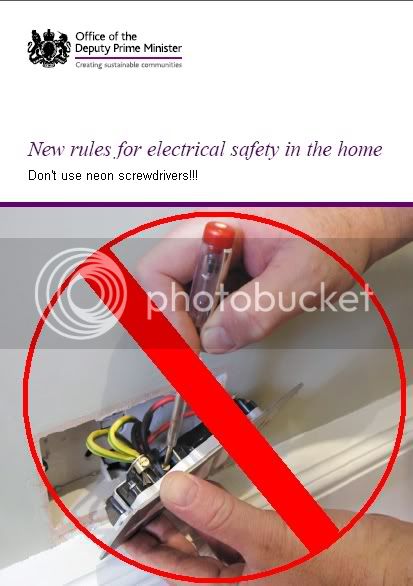I used to work with a lot of industrial electricians, and like Tony, these guys had no time for them at all.
The main objection is that under current electrical regs, you cannot work on a circuit until you have proved beyond doubt that it is not live (unless you want to get into the live working regs, which I strongly advise you not to!!!). The only way to do this is to check with a meter (or lamp) to show that the circuit is dead, then prove your test device on a known live source to check that the test device is functioning correctly.
As others have pointed out, there are a number of variables with a neon screwdriver that can cause you to think that the circuit is dead when it isn't.
The other problem with them is that there is a relatively long length of un-insulated blade. This can cause spectacular results if you have the tip of the blade on a live source and you accidentally allow the shaft to touch an earthed object (DAMHIKT!!!!). This cannot happen with a compliant meter, as the probes are fully insulated except for the very ends.
To sum up - the dangers outweigh the cost saving in my (and many others) opinions.
Regards
Gary





